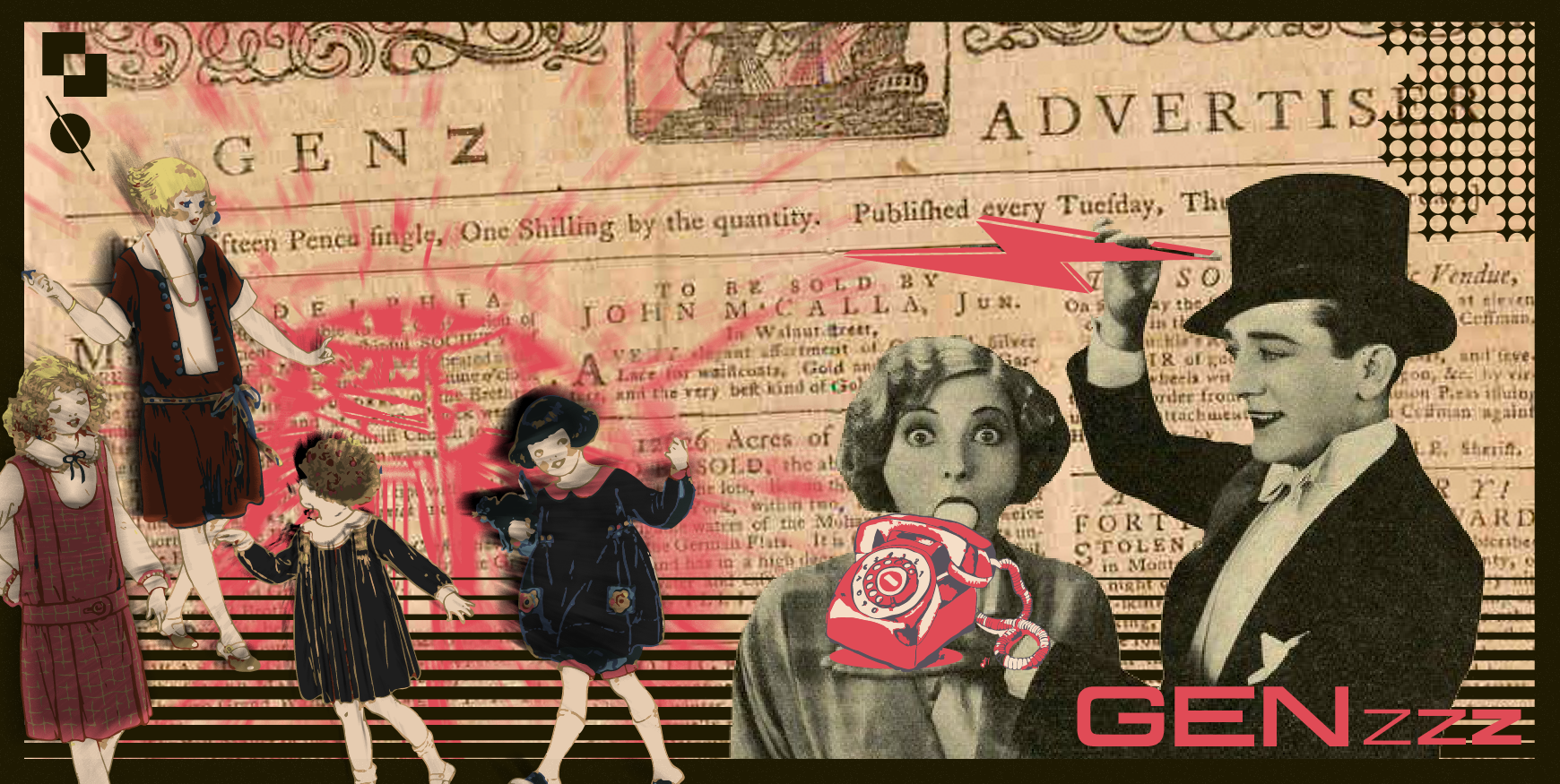
The 8 Emails Your Brand Should Be Sending
You’ve got (a lot of) mail. A LOT. Seriously – every day, hundreds of brands are competing for your attention through your inbox.



As we’ve grown and the capabilities of technology have become more accessible and exciting, one thing has become increasingly clear: If you want to stand out in the marketplace, you need strategy. You need a plan for differentiating your offering and owning your positioning, interacting with your customers, and growing relentlessly toward clear goals. In VOLTAGE terms: It’s a commitment to killin’ it.
It can be scary-easy to blow your budget on “strategy.” You can spend a lot of time analyzing things already known to be broken, and all too easy to come back from a strategy round without an actual view of what’s next. Here’s how to do it right:
The stakes: You could wander aimlessly and slowly drain your budget doing things that may not be effective OR you could impress your stakeholders and be the hero by clearly identifying and championing the right ideas (…emphasis on the right ideas).
We like to start all our strategy rounds with a Discovery Session. It’s our way of quickly and directly getting to know our partners’ goals, hopes, risks, and opportunities. They repeatedly come back and say they appreciate this process because it’s a chance to step away from the daily grind and face head-on the challenging questions that help them see their brand through a new and honest lens.
At the end of the day, you went into business to make money. But your why was (hopefully) to solve a problem. If you’re solving it well, you have many happy and grateful customers out there. So are you asking what they want from your brand? Here are some tips to help you mine insights from this free and accessible resource:
Take a good honest look at how you’re connecting with customers. Not only are you looking for holes or gaps in communication, you should be looking for how customers want to be communicated with. Maybe this means you actually have to get on TikTok. Maybe LinkedIn is a better fit. Maybe they just want to do all the talking – hello, UGC (user-generated content)! Do more listening than talking and you just might open up a whole new world for your brand.
Don’t trade existing customer relationships for shiny new ones. Keep nurturing the ones you have – treat them as VIPs, provide special value, celebrate them, identify other needs you might be able to meet for them with a new product or an extension of the one you have. Become deeply familiar with their journey and the pain points of their daily life. Keep your followers close and your customers closer.
Develop relationships through technology and storytelling. Storytelling and technology can work hand-in-hand to grow trust and brand affinity. After all, humans are wired for story. And with the capabilities of modern technology, there are ever-expanding ways of telling your customers’ stories in attention-getting and engaging ways. How did someone’s life change because of your product? What did it help them do? How does identifying with your brand raise their social standing?
Build culture. Don’t have a customer experience department? Stat, appoint someone on your team as the customer champion. Empower them to speak on behalf of your customers and challenge your internal ways of doing things that may be creating hang-ups on the storefront level. Recognize that how your team interacts influences how you treat your customers – for better or for worse. Lead with kindness and empathy (after all, good UX is not too much more than empathy plus frictionless design).
Here’s the secret: Good strategy makes delighting your customers a priority.
Surprise: your main stakeholder isn’t your CEO or your board or your investors… it’s your customer. Whatever your goals were when you started, you now exist to serve your customers. While we certainly put customer loyalty on the pedestal, if you don’t meet a customers’ needs, they’ll find a better offer. (Yeah, “loyalty” isn’t as big a thing as you think…)
Listen. Care about what they care about. Remove any barriers to them doing business with you. If you ask for suggestions or ways to improve and they respond, make sure you follow up with a plan to actually improve.
To get started, you need to know where your customers spend their time online and what conversations they’re part of. Understand what they’re searching for. A good SEO analysis and keyword research can help uncover some of these things and perhaps reveal some areas you could expand into or other opportunities.
As we say, writing is commitment. Fleshing out an idea with words (especially on paper or a good mind-mapping tool) helps you see realities and identify gaps. It’s a necessary – yet often skipped – part of the process. If you don’t naturally process through writing, it can feel torturous at the start, but once you see how clearly it reveals gaps and opportunities, you’ll be a believer! Here are a few things we like to start mapping out:
You can take this a step further by digging up your key brand messages and being critical about what still holds true, what’s stale, and what’s evolved since the last time you developed them. Don’t work with only your marketing department on this: Be sure to get feedback from both new hires and seasoned, sold-out employees – and of course your sales and customer service teams. Your team is really where the brand comes to life and you might uncover some illuminating new perspectives.
You may not want to know the answer to this, but it’s a critical question: Is your website damaging your chance at earning your customers’ trust?
Having a website is just table stakes. If you really want to play, you need to see your website as a living, breathing, evolving asset – a tool for learning about and engaging with your customer. Test, experiment, hypothesize, and plan to put a budget around ongoing optimizations.
How much do you pay your best salesperson? (Or, what is a great salesperson worth to you?) Plan to invest that or more in your website every year.
We have many brands come to us with the nagging sense that they need to make some UX improvements but aren’t sure where to start. Often, although “incremental changes” was the plan going in, it turns into a complete overhaul of the site – because the foundation needs to be able to facilitate this kind of test-and-learn approach to save money in the long run. In other words, it’s worth it to get it right up front or you’ll be paying for it later. (We call this “technical debt” – and as with all kinds of debt, you want to avoid it.)
All that being said, there’s usually some low-hanging fruit we can address quickly to start moving the needle. We’ve been doing this a long time with all kinds of ecomm (and other) brands and can usually quickly identify a few quick wins. We like to give you options! A recent example: Simply by making a small stylistic update to the “added to cart” icon one of our clients was able to increase conversion rate by 1.8%. You’d be amazed at the big impact even small changes can have.
We’d love to work with you to find your opportunities and GROW this year and beyond. Give us a call and tell us all about your big goals!
VOLTAGE is a digital agency specializing in eCommerce, digital brand experiences, and web apps. Get emails and insights from our team:

You’ve got (a lot of) mail. A LOT. Seriously – every day, hundreds of brands are competing for your attention through your inbox.

Here at VOLTAGE, we love ourselves some sweet apparel. We often get requests to concept or design apparel from brands looking to connect with Gen Z’ers (who can effortlessly make even bucket hats look cool, teach us your ways!). So we launched into some deep research – which means we turned to our resident Gen Z’er and designer, Zach, for the inside scoop on this mysterious generation. Enjoy his take!